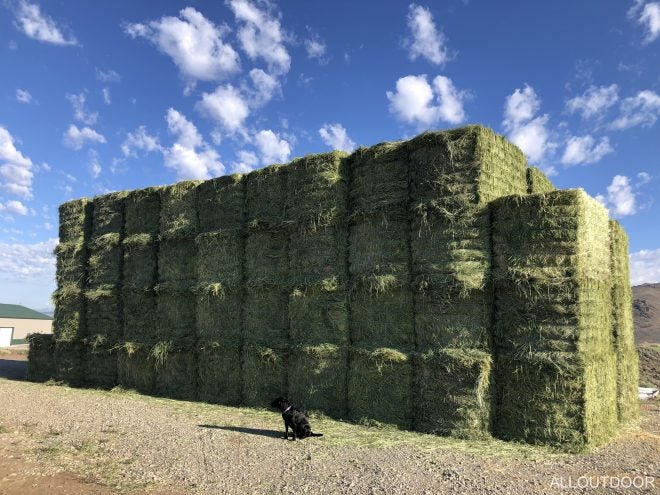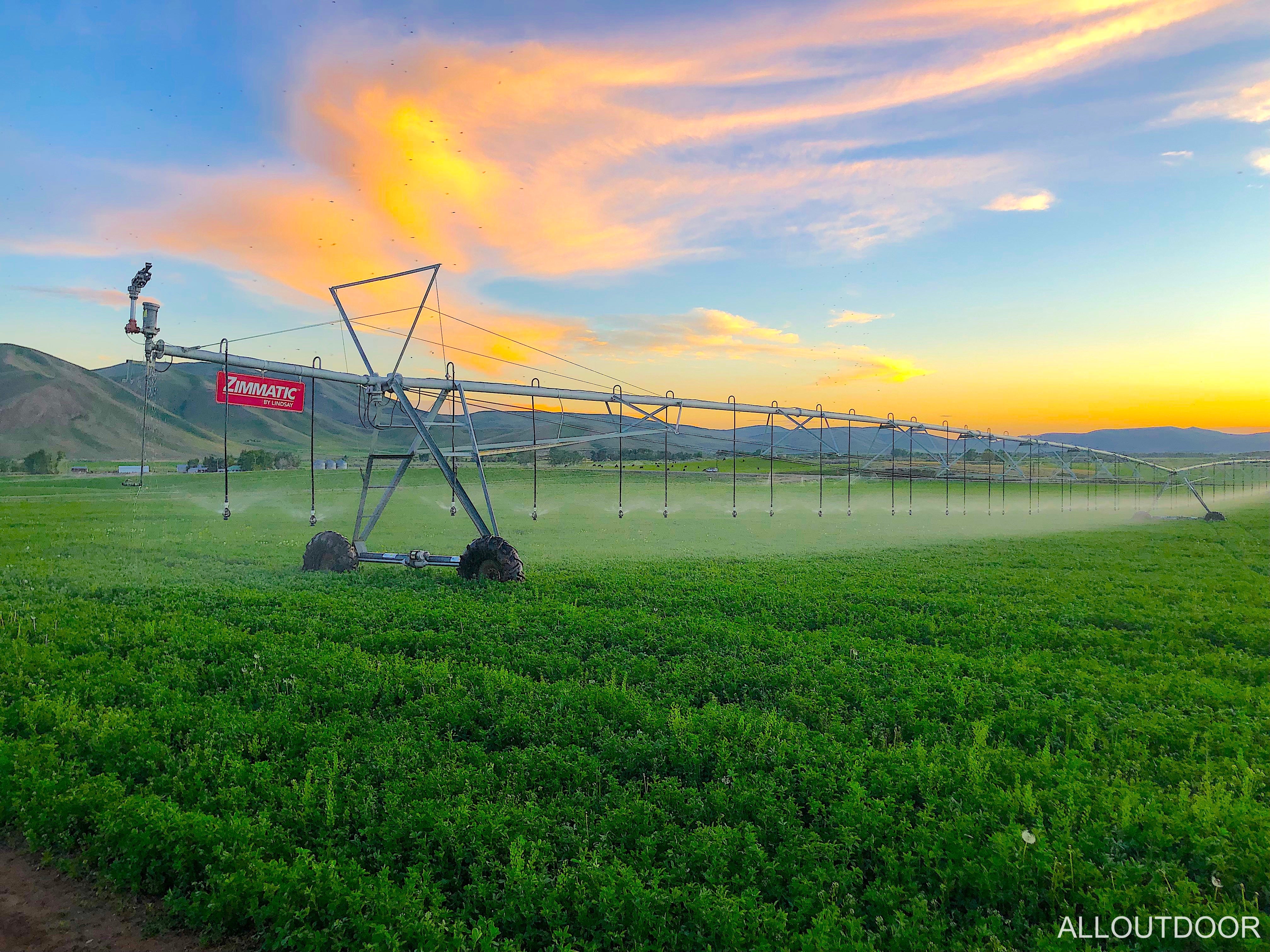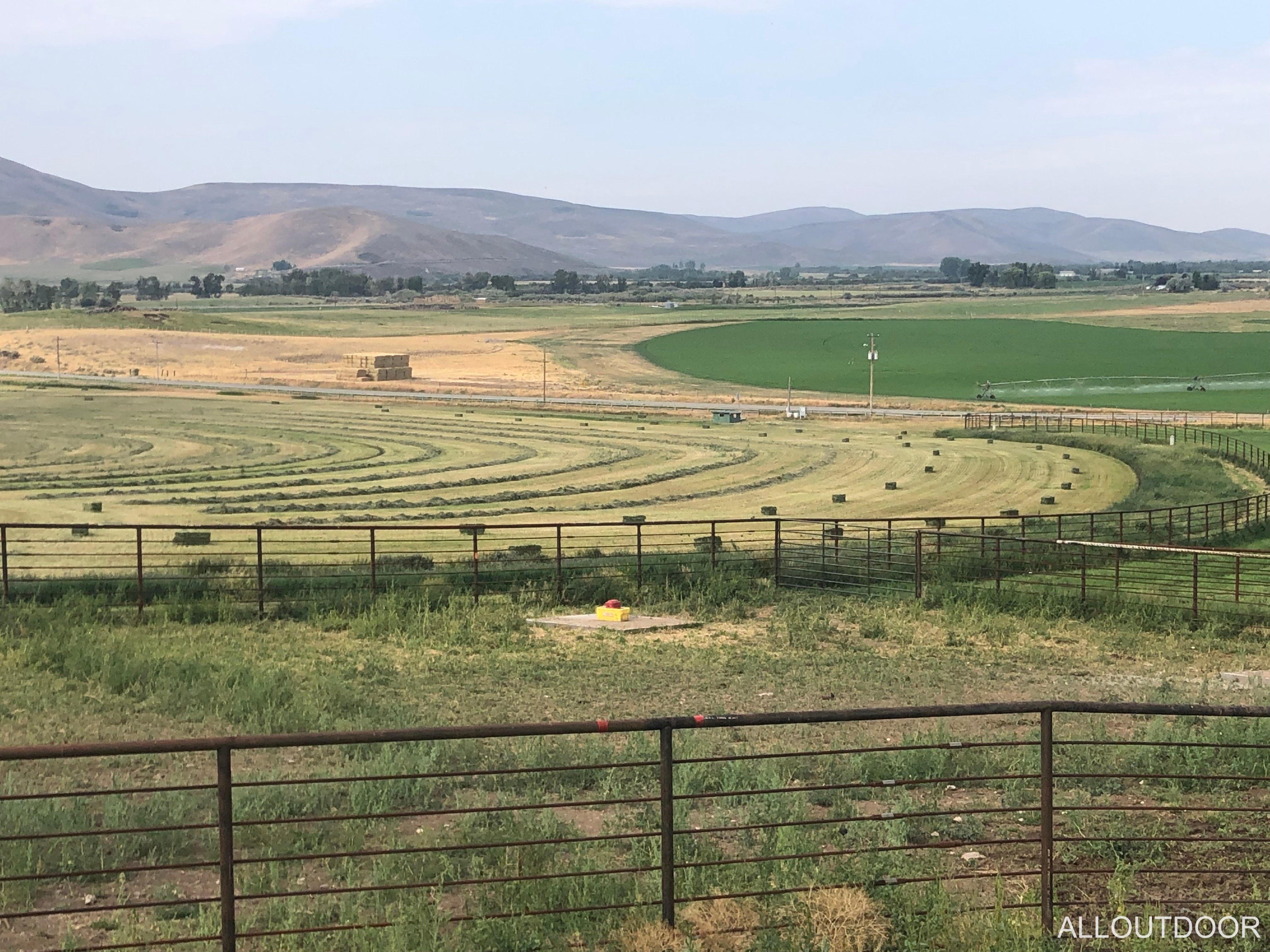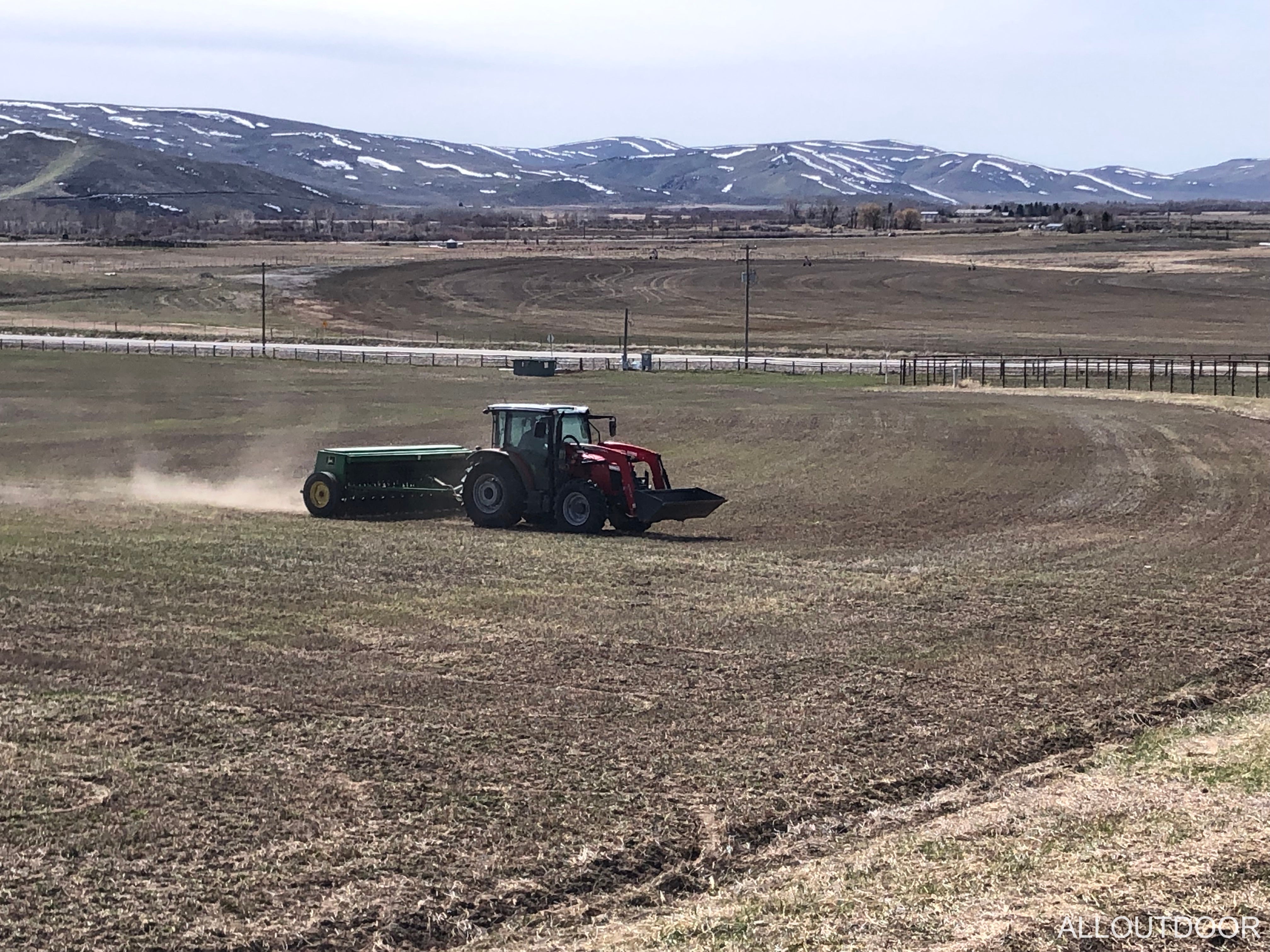Home On The Range #028: The Grass Hay is Always Greener
RusDs 04.08.22

If you’ve got land and/or livestock, a good crop to grow is some sort of grass hay. Selling hay can be a very profitable endeavor, and putting up an appropriate amount of hay for your livestock is sound fiscal and agricultural management. Recently, an alfalfa field of mine started to die off (most alfalfa lasts four to eight years), so I took the opportunity to plan a new mixed grass hay planting for that field. Here are some considerations one should make when planning a new planting on virgin or previously cultivated ground.
Welcome to our reoccurring series of “Home on the Range.” Here, we would like to share all of our experiences for those who may be homesteading, living off the land, hunting, farming, ranching, and truly investing in nature and the great outdoors. The ability to provide for yourself and your family can be tremendously rewarding and simultaneously difficult at times. So, in “Home on the Range” we want to share our different exploits so you can learn and hopefully we can receive your feedback along the way as well.
Step 1: Get the Lay of the Land
The first step one should take is getting a good assessment of the soil, the existing plant life, and the water.
Soil Considerations
What is the mineral composition of the soil? Does it need fertilizing? (hopefully not in 2022!) How many hours of sun does the land get in the growing season? How well does the field drain? Is the soil alkaline or not? Answers to all of these questions are a major factor in what grasses and legumes will do best on your land.
Plant Considerations
What was the previous crop? How much nitrogen did it take out and put back into the soil? Is it completely died off, or does it need to be out-competed? Is it ok if some of the previous crop is still part of your mix for a few years? What about weeds? All important considerations to take. If you want to be able to sell certified weed-free grass hay, or alternatively, organic grass hay, an established history is needed.
Water Considerations
What minerals are in your water? Is your field primarily flood, pivot, or rain irrigated? Sometimes, you can have a wonderful confluence of the water providing minerals to the soil that the plants you plan to seed will take out of the soil. If that is true, you are very lucky indeed. Sometimes, the opposite is true and both your water and plant life will rob your soil of a certain mineral, requiring supplementation through specific fertilizers/soil additives over time.

Step 2: Select your Seeds
When selecting either a pure grass hay or creating a mix, cut frequency and cut height must be considered. Be sure to know your plants well. Some perennial plants store all their overwintering nutrition in their roots, and some need at least 5″ of above ground growth left uncut in order to store these nutrients. Frequency is another factor. Some hay can be cut 5 times a growing season, while others do better with only 2-3 cuts. If you are growing a mix, be sure that every grass you select to plant in the mix is ok with the same cut rate and height as the others. If you’re growing organic hay, be sure to throw in a good weed cover selection as well to cut down on the weeds.
Make sure to make a hay that is nutritionally sound for the application you wish to use it for. What is excellent for a dairy cow may harm a horse, and vice versa. Certain poisons or fungi may be present in popular grasses that one needs to be aware of. Fescue grasses, for example, are known to be full of nutrition, but be sure to select an endophyte-free or alkaloid negative strain in order to avoid nutritional problems in cattle or foal mortality with your horses. Sudan-grasses and sorghums are known for cyanide poisoning as well. Personally, my new mix is primarily Smooth Brome, supplemented with Italian Ryegrasses and Endophyte-free Fescues. It should all do fine with 2 – 3 cuts per year at a mowing height of 5″ uncut each time.

Step 3: Well Sown is Half Grown
It’s an old proverb, but it’s very true. Be sure to broadcast or use a seed drill in the best way possible at the best time possible for the types of seeds that you are using. Know that certain seeds don’t mix well with others in mechanical seed applications (bromegrass seed, I’m looking at you). Buy your seed well ahead of time to make sure that you have what you need when you need it. The persistent western drought has made certain grass seeds quite difficult to obtain.
Well grown, marketable, nutritionally beneficial grass hay will be a boon to you, your livestock and your customers. Managed and planned well, it can be a major financial benefit to any farm, be it from sales or from self-sufficiency to get your stock fed properly through the winter. Best of luck out there, and thanks for reading!
